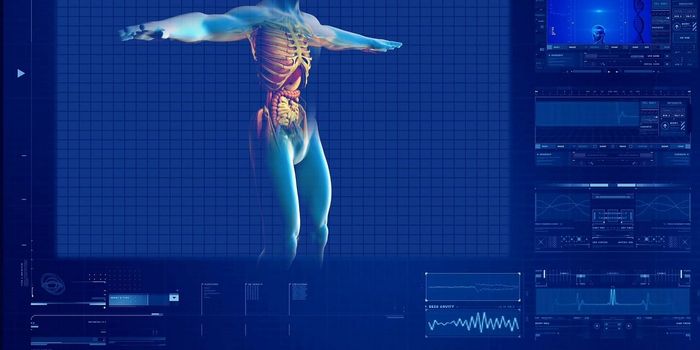Computers Pick Up the 'Sound' of Thyroid Cancer
Researchers have developed a new technology for the non-invasive diagnosis of thyroid cancer that combines photoacoustic imaging and artificial intelligence. The platform could soon make painful fine-needle aspiration biopsies a thing of the past for patients suspected to have thyroid cancer.
The thyroid is a small, butterfly-shaped gland located at the base of the neck that produces a multi-functional hormone that controls physiological processes such as heart rate and metabolism.
Around 95 percent of lumps and masses on the thyroid are found to be benign, but to rule out the slim chance of cancer, physicians perform a biopsy to extract and analyze the tissue. The problem is that this procedure is notoriously unreliable—about a fifth of the biopsies will need to be repeated due to inconclusive results.
In search of a more accurate and patient-friendly alternative, a team of Korean engineers turned to photoacoustics, a phenomenon where laser light absorbed by a substance emits sound waves. Malignant thyroid tissues have different physical properties from benign ones. For instance, they have lower oxygen saturation levels, which could then translate to different photoacoustic characteristics.
To help distinguish between the ultrasound signal outputs, the team created a machine learning platform that was ‘taught’ using data collected from patients with both malignant and benign thyroid nodules.
In their study, the team reports that the computing platform has a sensitivity of 83 percent and a specificity of 93 percent when using machine learning and conventional ultrasound assessments in parallel.
According to the researchers, this technology, the first-of-its-kind, can also be applied to diagnosing other cancers, including breast cancer. The team envisions a future whereby photoacoustic imaging of the thyroid will be a routine, needle-free part of health checkups for patients with thyroid nodules to monitor their health.
Source: Cancer Research.









